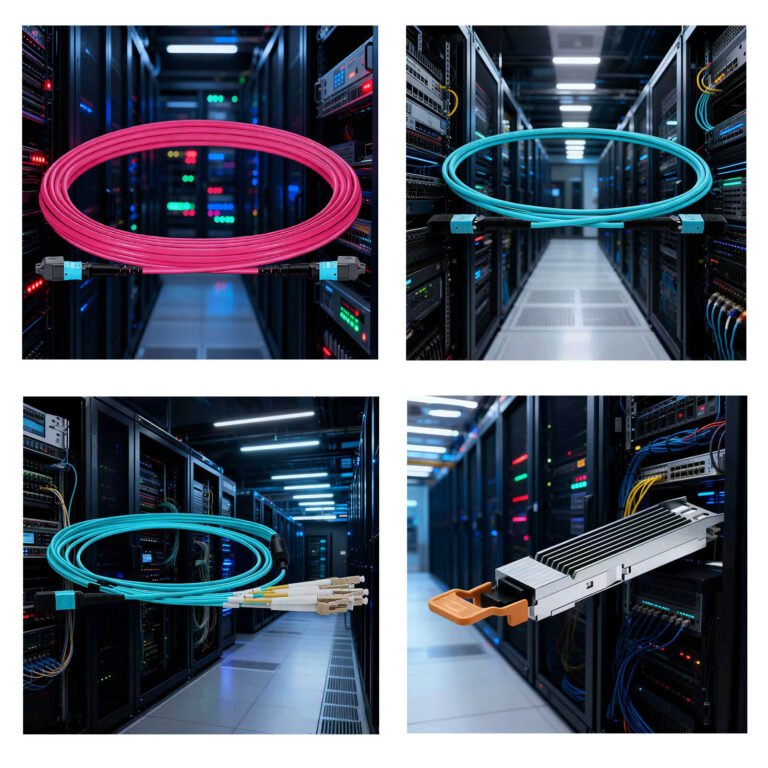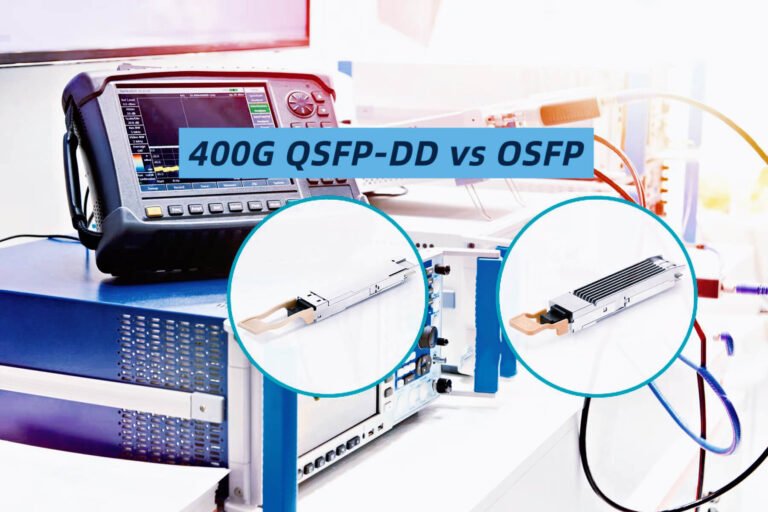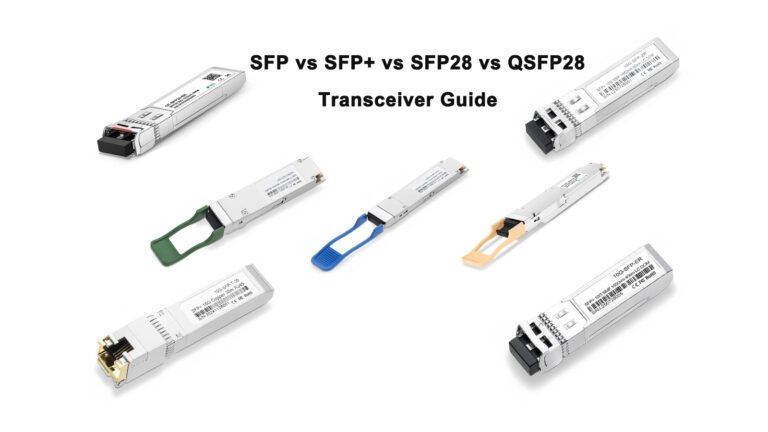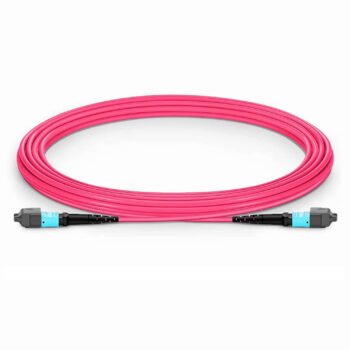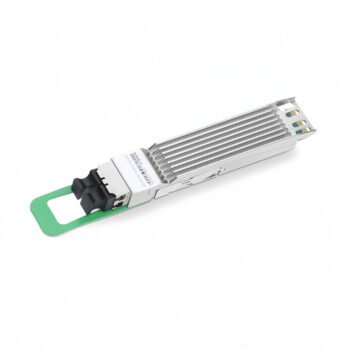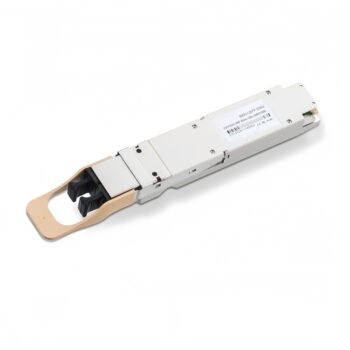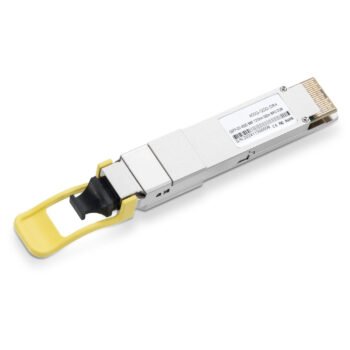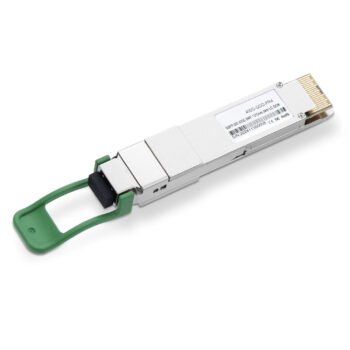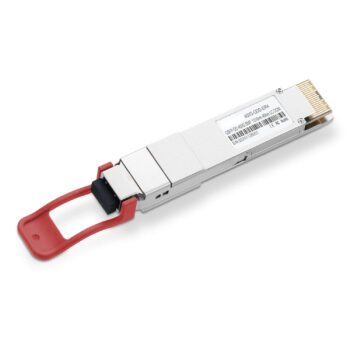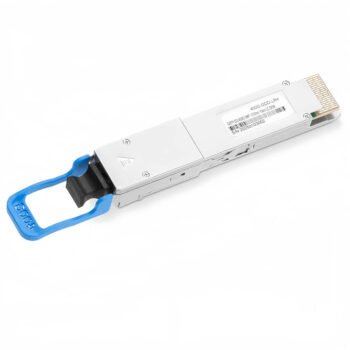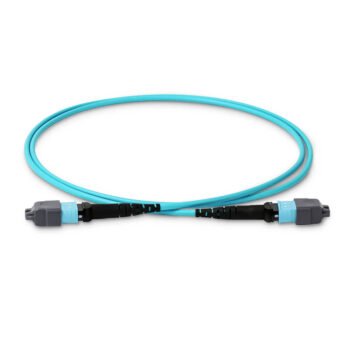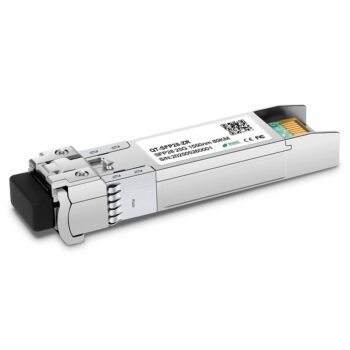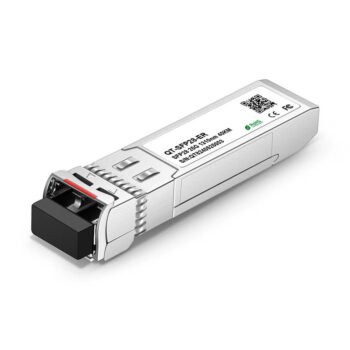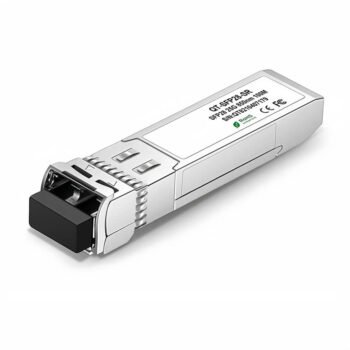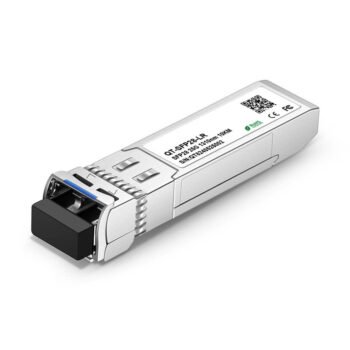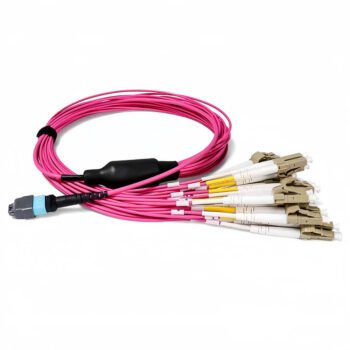Managing constant network changes is a huge challenge. These MAC operations (Moves, Adds, and Changes) often lead to downtime, costly errors, and major project delays.
Modular fiber optic cassettes simplify MAC operations by using pre-terminated, standardized modules. This design removes the need for on-site splicing, which reduces human error and cuts deployment time from hours to just minutes.
Early in my career, I saw a data center project get delayed by two full days because of a few bad fiber splices. The frustration and cost were immense. But that old way of doing things is changing, thanks to a much smarter approach.
What Makes Modular Cassettes So Efficient?
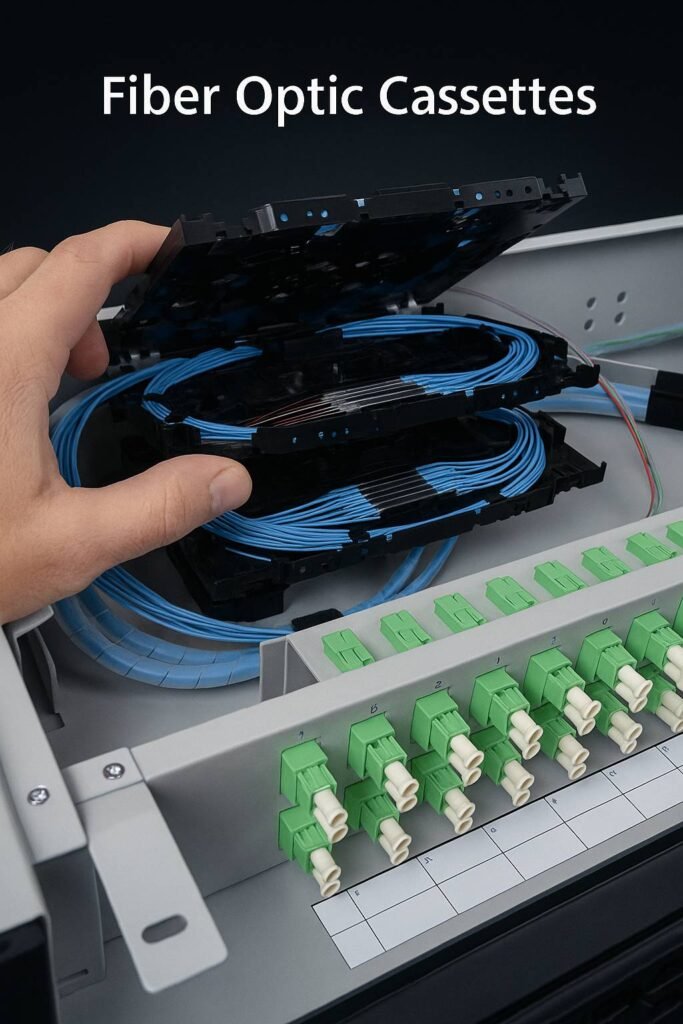
So, how does this technology actually work? It’s not magic. The efficiency comes from a very clever design that focuses on preparation and integration before the cassette even reaches your site.
The efficiency of modular cassettes comes from their pre-terminated architecture. MPO/MTP connectors bundle many fibers into one plug, and factory testing ensures a reliable, low-loss connection right out of the box.
For deeper insight into selecting the right MPO/MTP solutions in high-density settings, check out the article on choosing the right MPO/MTP cables for spine-leaf data centers.
Dive Deeper: The Core Design Principles
Let’s look at the key elements that make these cassettes so effective. It’s a combination of smart engineering and practical design.
H3: The Power of Pre-Termination
With traditional methods, a technician splices fibers in the field. This takes time and a high level of skill. Mistakes are common.
Pre-terminated cassettes are different. We build and test them in our labs at Abptel. Every connection is verified for low insertion loss and high performance before it ships. This means you get a reliable, plug-and-play component. You just click it into place.
H3: High-Density by Design
Modern networks demand more connections in less space. Modular cassettes are built for this. A single MPO connector can bundle 12, 24, or even more fibers. This replaces a whole handful of individual LC connectors, saving valuable rack space and reducing cable clutter.
To dive deeper into modern high-density patching strategies, see our specialized coverage on optimizing data center high-density patch panels.
H3: Truly User-Friendly Features
The goal is to make MAC operations simple for any technician, not just a fiber expert. Several features help achieve this.
| Feature | Benefit |
|---|---|
| Unified Interfaces | Easily adapts MPO trunks to standard LC ports. |
| Polarity Management | Pre-configured to ensure transmit (Tx) links to receive (Rx). |
| Color Coding | Helps technicians quickly identify the right port. |
| Locking Mechanism | Provides a secure, audible click so you know it’s connected. |
Where Are Modular Cassettes Most Effective in the Real World?

Theory is great, but where does this technology really make a difference? From my experience at Abptel, we see its impact every day across several critical network environments.
Modular cassettes are most effective in high-density data centers, enterprise backbone networks, and FTTH deployments. They allow for rapid scaling and drastically reduce maintenance time in these demanding situations.
Dive Deeper: Key Application Scenarios
Let’s explore the specific use cases where our clients see the biggest return on their investment.
H3: In Modern Data Centers
AI and machine learning are pushing data centers to the limit. They need incredible density and speed, with emerging standards like 1.6Tbps. Modular cassettes allow managers to quickly add or change connections. Because they are hot-swappable, you can perform these MAC operations without network downtime.
For those interested in foundational aspects of structured cabling in data networks, visit our breakdown on what structured cabling is and why it’s essential.
H3: For Enterprise and Campus Networks
Think about the main trunk lines connecting switches across a large office or campus. When a switch needs to be upgraded, replacing a single MPO-to-MPO trunk cable is much faster than re-terminating dozens of individual fibers. It turns a job that took hours into one that takes minutes.
H3: In FTTH Deployments
For service providers, the final connection at the customer’s home or office (the ONU) needs to be fast and error-free. Using pre-terminated solutions simplifies this "last-mile" installation. This reduces the time a technician needs to spend at a customer’s location and lowers the chance of a follow-up repair visit.
For more details on FTTH cabling and powering options, check out our summary on FTTA fiber optic cabling and power integration solutions.
H3: A Quick Performance Comparison
Here is a simple breakdown of how modular cassettes stack up against traditional field splicing.
| Metric | Traditional Field Splicing | Modular Cassettes |
|---|---|---|
| Average Deploy Time | 1-3 Hours | 5-15 Minutes |
| Error Rate | Moderate to High | Extremely Low |
| Required Skill Level | Certified Fiber Technician | Basic Technical Training |
Final thoughts
Modular cassettes are a game-changer for network agility. They provide the speed and reliability needed for today’s high-density networks and support a more sustainable, efficient future.

